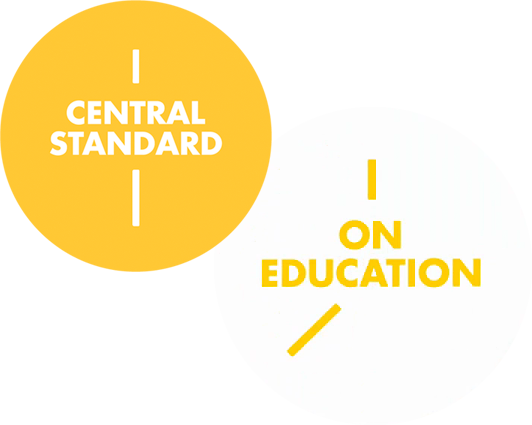Selective Enrollment in Chicago Public High Schools
Selective Enrollment Schools and Education Reform
Admission to Chicago Public Schools’ selective enrollment high schools is based on students’ grades, test scores and where you live. Watch this video to understand how the process works.
Chicago’s selective enrollment high schools, designed for academically advanced students, are one way that Chicago Public Schools is answering demand for school choice.
These selective schools are also part of a broader education reform landscape – a nationwide movement that began over three decades ago.
Here’s a brief summary of the education reform movement and how it emerged:
In 1983, President Ronald Reagan’s National Commission on Excellence in Education issued a report on the state of education in the United States. Titled “A Nation at Risk: The Imperative for Educational Reform,” the report described the situation as dire:
“If an unfriendly foreign power had attempted to impose on America the mediocre educational performance that exists today, we might well have viewed it as an act of war.”
The commission warned that an underperforming education system would compromise the U.S. economy and the nation’s ability to compete on a global scale. Unchecked, it said, it “threatens our very future as a Nation and a people.”
After the study’s release, the call for education reform began gaining urgency nationwide. The topic was hot nationally, and it would soon be in Chicago.
BEING TESTED IN CHICAGO
In 1987, federal Secretary of Education William Bennett visited Chicago. Citing low test scores here, he called out the city’s public school system as “the worst in the nation,” even suggesting that parents should consider private schools.
Two years later, Richard M. Daley was elected mayor. He convinced the Illinois legislature to turn control of CPS over to the mayor’s office. And by 1995, with Paul Vallas in the new role of public schools CEO, an era of transformation (and its attendant turmoil) was underway.
Vallas embraced accountability-based reforms such as standardized testing and putting underperforming schools on probation. During his administration, the first charter school opened in CPS.
Vallas resigned in 2001. His successor, Arne Duncan, stepped up standardized testing in compliance with the No Child Left Behind Act, which became effective in 2002.
During Duncan’s tenure, CPS closed 82 schools and opened over 100 new ones, including many charter schools (as of 2014, the CPS website claims 96 charter campuses). Duncan left CPS in 2009 to become U.S. Secretary of Education.
After Mayor Rahm Emanuel took office in 2011, change, along with conflict and controversy, has continued. There was a Chicago Public Schools teachers’ strike in 2012, significant budget cuts, and the 2013 announcement of 50 school closings.
By its own assessment, CPS in 2014 continues to grapple with college readiness, graduation rates, and achievement gaps between white and minority students.
At the same time, CPS graduation rates have increased steadily over the last 15 years, to 65.4% in 2012 – an improvement of 14.2% since 1999. (At CPS selective enrollment high schools, the average is 91.4 %.)
In recent years, “A Nation at Risk” and the reforms that it engendered – nationwide and in Chicago – have been widely questioned and criticized. But for better or worse, this historic study played a powerful role in reshaping the American education landscape over the last three decades.
LEARN MORE:
- This Chicago Magazine timeline of key events in the history of Chicago Public Schools puts Chicago’s school reform in a historical context.
- This study by researchers at the University of Chicago examines three eras of school reform in Chicago Public Schools.
- The CPS Five-Year Action Plan (2013-2018) offers “an action roadmap to achieving our vision of a high-quality education for every child in the district.”
- The CPS Five-Year Plan is discussed by a panel of educators, researchers, and union representatives on WYCC’s The Professors (October 20, 2013).
- This article in the Chicago Reader looks at poverty, segregation, and the challenges of diversity in Chicago schools.
- ’63 Boycott, a film by Gordon Quinn of Chicago’s Kartemquin Productions, tells the story of when more than 200,000 Chicagoans marched to protest segregation in the public schools.
- Titled “A Nation at Risk: The Imperative for Educational Reform,” this landmark 1983 report by the National Commission on Excellence in Education helped spawn the school reform movement.
- Diane Ravitch, a former education reformer, authored a critique of privatization as public education policy.
- This 1980 study by researcher Jean Anyon looked at disparities between resources and educational approaches in low-income and wealthy neighborhoods.




